Is it too late to plant Leyland Cypress?
dottyinduncan
13 years ago
Related Stories
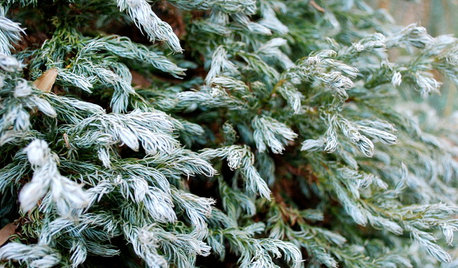
GARDENING GUIDESGreat Design Plant: Chamaecyparis Pisifera ‘Curly Tops’
Curly Tops sawara cypress brings great color, texture and shape to the garden — and its size is easily manageable
Full Story
GARDENING GUIDESGreat Garden Combo: 3 Wonderful Plants for a Deer-Resistant Screen
Protect your privacy and keep deer at bay with a planting trio that turns a problem garden area into a highlight
Full Story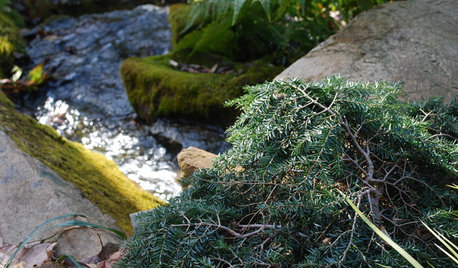
GARDENING GUIDESGreat Design Plant: Tsuga Canadensis ‘Bennett’
Bennett Canadian hemlock thrives in shade and provides sculptural interest in eastern U.S. gardens
Full Story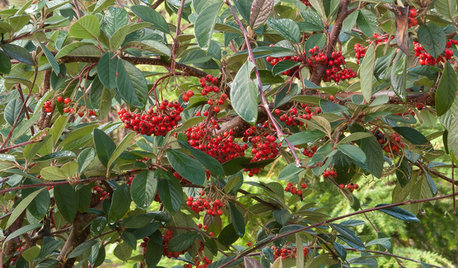
GARDENING GUIDESGreat Design Plant: Cotoneaster Lacteus
Parney cotoneaster is a low-maintenance, four-season shrub that offers great foliage, spring flowers and jewel-like berries
Full Story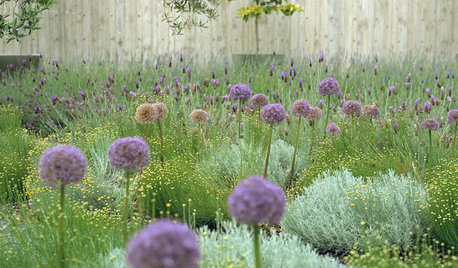
GARDENING GUIDESGreat Design Plant: Ornamental Allium
Lollipop blooms on tall, leafless stems add an architectural element to gardens of all styles
Full Story
FALL GARDENINGWhy Fall Is the Best Time for Planting
Spring is overrated for planting. Starting plants in autumn has advantages for both garden and gardener
Full Story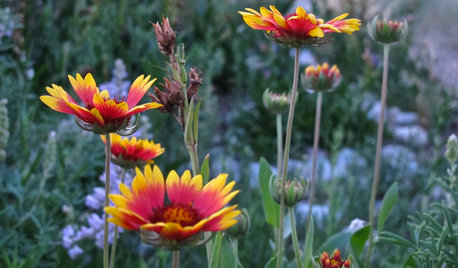
GARDENING GUIDESThese Hummingbird-Attracting Native Plants May Surprise You
These flowers, vines and shrubs offer shelter and food supplies that keep hummingbirds around longer
Full Story
INSPIRING GARDENSNative Plants Bring 10 Southern California Front-Yard Gardens to Life
Rare plants, rain gardens and wildlife habitats are just a few of the features showcased on the 2016 Theodore Payne Native Plant Garden Tour
Full Story
GARDENING GUIDESLet's Weed Out 4 Native Plant Myths
Plant wisely for a garden that supports pollinators and requires less work
Full Story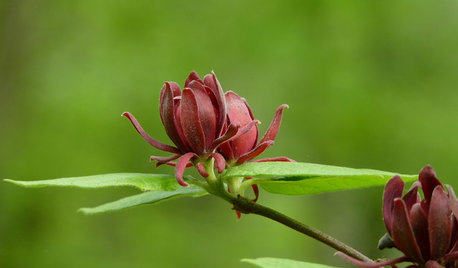
GARDENING GUIDESGreat Design Plant: Calycanthus Floridus
This U.S. native plant — also called Eastern sweetshrub, Carolina allspice and strawberry shrub — is an aromatic and a visual treat
Full Story







ian_wa
lilydude
Related Professionals
Wrentham Landscape Architects & Landscape Designers · Redondo Beach Landscape Architects & Landscape Designers · Belvedere Park Landscape Contractors · Cerritos Landscape Contractors · Indianapolis Landscape Contractors · Lebanon Landscape Contractors · Lexington Landscape Contractors · McLean Landscape Contractors · Painesville Landscape Contractors · Point Pleasant Landscape Contractors · Washington Landscape Contractors · Bixby Fence Contractors · Chandler Fence Contractors · Parkland Fence Contractors · Santa Fe Fence ContractorsdottyinduncanOriginal Author
gardengal48 (PNW Z8/9)
Embothrium
tallclover
gardengal48 (PNW Z8/9)
Embothrium
dottyinduncanOriginal Author
Embothrium
gardengal48 (PNW Z8/9)
George Three LLC
Embothrium
ian_wa
lilydude
lilydude
George Three LLC